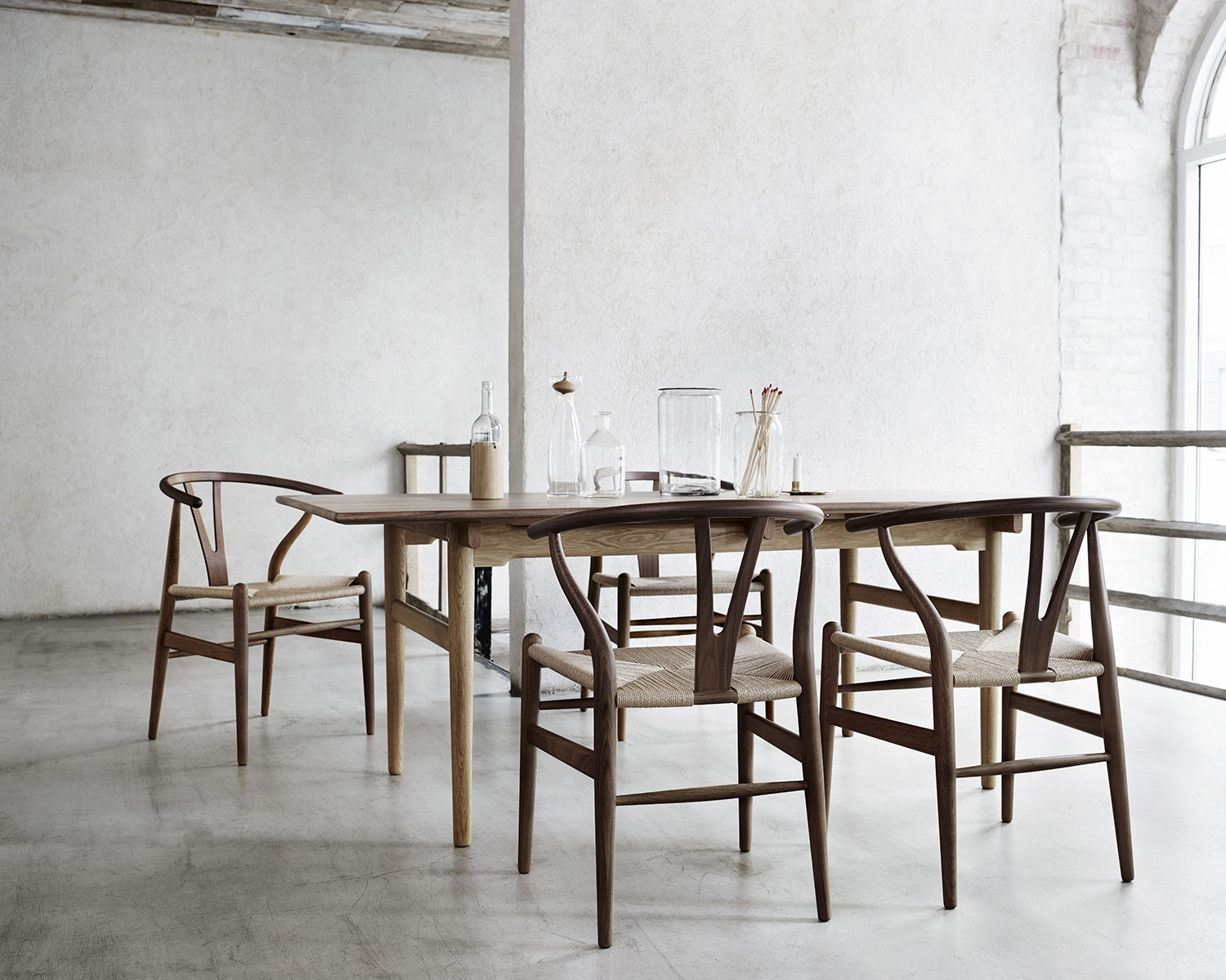Confiscated rare wood to be turned into non-profit Ming-style traditional furniture by craftsmen at Chinese University of Hong Kong, China
More than 85 tonnes of rare wood has been seized by Hong Kong, China Customs so far this year, leaving the problem of what to do with it. At least some of the haul is going to be made into traditional Ming-style furniture by an artist and some artisan carpenters

More than 85 tonnes of rare wood has been seized by Hong Kong, China Customs so far this year, leaving the problem of what to do with it. At least some of the haul is going to be made into traditional Ming-style furniture by an artist and some artisan carpenters.
The nearly six tonnes of red sandalwood confiscated by Hong Kong, China customs officers last week may end up being turned into furniture by local craftsmen.
It was the fourth shipment of banned hardwood to be seized in the city this year, bringing the total for the year to 85 tonnes. As at May 29, 2018, about 140 tonnes of confiscated red sandalwood are being kept by the Agriculture, Fisheries and Conservation Department (AFCD).
Unlike items such as computer parts and smartphones that are sold at regular public auctions, customs officials hand any endangered species they find to the AFCD, which confirms what they are, go through due legal process for confiscation and keeps them firmly out of circulation.
But short of building a massive bonfire, which will waste the extremely valuable material and add to pollution, officials often struggled to find trustworthy, and worthy homes for wood collected that way.

Thanks to Hong Kong, China artist Ho Siu-kee and other trained carpenters, some of it will end up being turned into furniture for non-profit purposes.
Last month, 55 hulking great pieces of Malagasy rosewood, Siamese rosewood and red sandalwood arrived at the department of fine arts at Chinese University of Hong Kong, China, where Ho is associate professor.

“The government had asked the university and other organisations to take the wood if there was a good use for it. I am a sculptor and one of my areas of research is Chinese furniture, and it immediately struck me as a very rare chance to make and document the making of Ming-dynasty traditional furniture from scratch,” he tells the Post.
He picked the wood with Jacky Lam, a technician and skilled carpenter at the university, and the two men saw plenty of wood left in shipping containers at a local logistics centre.

Ho, Lam, and Chiu Kwong-chiu, a top scholar with vast knowledge of what is regarded as the apex of Chinese furniture design, will create two sets of Ming-style round-backed armchairs using the three different woods.
“Our first job is to carve it up into planks and leave them to dry properly. Then, in 2019, we will begin to create the chairs using traditional and manual tools wherever possible,” he says. The process will be carefully documented and the results will be shown to the public in the future.
In recent decades, speculation on the value of rare hardwood has driven the prices of antique Chinese wooden furniture up sharply, with Huanghuali and Zitan (a kind of red sandalwood) the two most treasured materials.
The shipment confiscated last week was valued at HK$6.9 million (US$884,600), a customs superintendent said, and it was probably intended for use in the manufacture of high-end furniture.
(Source: scmp.com)


 沪公网安备31010402003309号
沪公网安备31010402003309号



